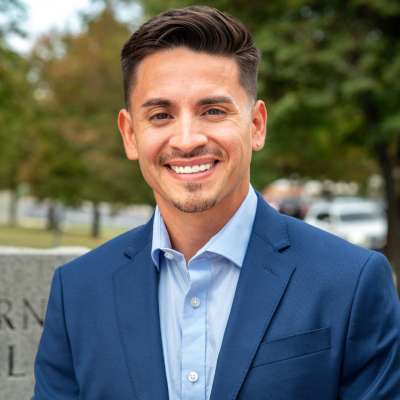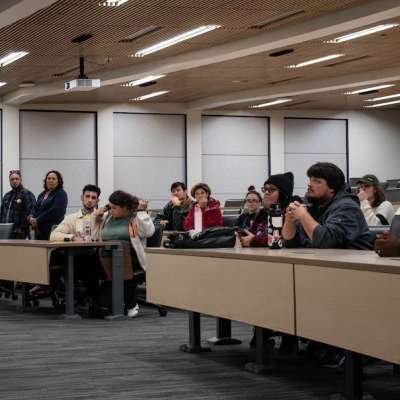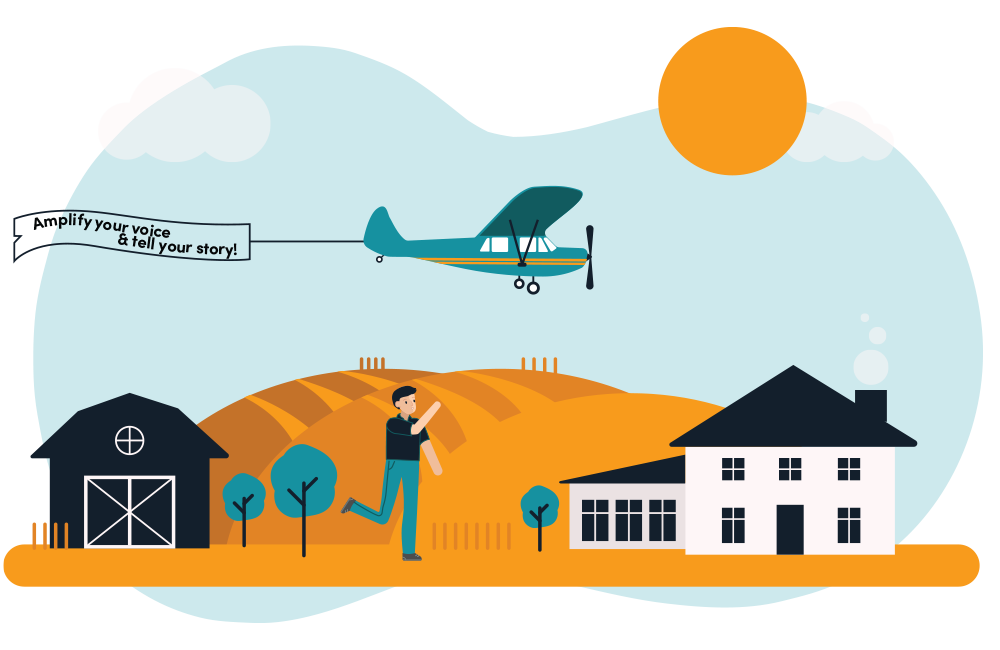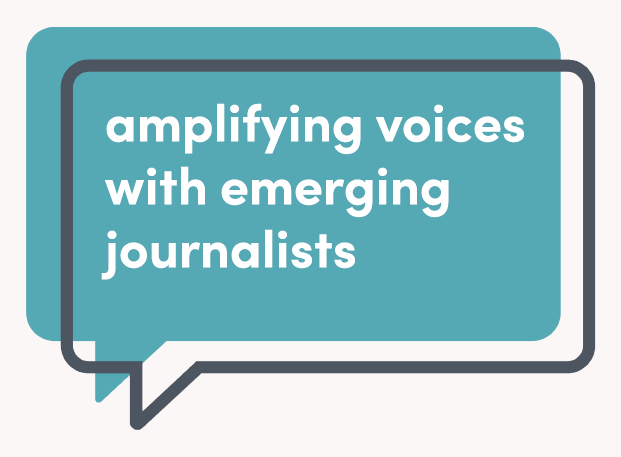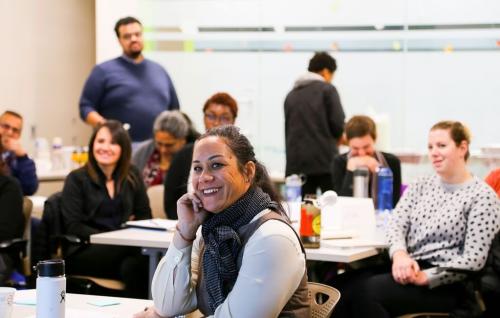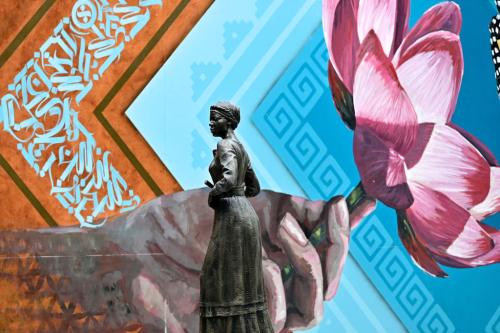It was a big moment for Salt Lake Community College when Dr. Lea Lani Kinikini stepped into the institution’s first-ever chief diversity officer role. Now two years in, Kinikini says she works for justice, equity, diversity and inclusion at the college and in her community nearly every day.
“My office is an incubator for inclusion,” she said. “We’re constantly piloting, learning, and building as we go.”
Kinikini joined SLCC in August 2019. She has since co-launched or co-founded the Utah Reintegration Project, the Office for Justice, Equity, Diversity and Inclusion for Social Transformation (JEDI4ST), and is directing the Juvenile Justice Nest Pilot program.
Kinikini received her bachelor’s from the University of Utah and came to SLCC after working overseas, where she completed her doctorate from the University of Auckland, New Zealand. She received her master’s degree from the University of Hawaii.
Her role as chief diversity officer is to increase inclusivity throughout the college and to encourage new ways of thinking.
“Its purpose is to collaborate with the president and the cabinet to introduce new ways of thinking, helping to identify what our strengths and weaknesses are, and where we need to put our resources and where we need to change in order to rebuild the system to be more inclusive and equitable,” Kinikini said.
SLCC President Deneece Huftalin says what Kinikini brings to the college is unique.
“Dr. Kinikini brings a wealth of experience in the academic world and in qualitative and action research methodologies,” she said. “She brings her experience with community building to this position. She brings an innovative eye to our outreach efforts and has already begun strengthening the transition to college efforts and outcomes.”
In March 2020, Kinikini founded the Equity, Diversity and Inclusion for Community Transformation Center, followed by the Justice, Equity, Diversity and Inclusion for Social Transformation, or “JEDI hub,” in the fall of 2020.
From prison to class
As co-founder of the Utah Reintegration Project, Kinikini helps previously incarcerated people reintegrate into mainstream society. The program was founded in December 2019 with Dr. Anthony Nocella, assistant professor of criminal justice and criminology.
“[Kinkini] is a powerful intellectual and creator of social transformation,” Norcella said. “She understands that reflection, accountability and dialogue are critical in creating change. Her job is extremely difficult as she must on one hand promote and provide a space for marginalized voices, and on the other hand address injustices and inequities throughout the campus.”
The Utah Reintegration Project, incubated by Kinikini and Nocella, also has a justice internship program with several paid, student leader positions.
“I have a great team that supports all this work,” Kinikini said. “In fact, many of them – the JEDI4ST team – brought the projects. I just give them a home, incubate it and see if it can fit somewhere in the college or the community.”
Kinikini said she hopes the project can act as a transitional tool for incarcerated individuals who have taken part in the prison education program at SLCC.
“There are many employees that have various convictions from misdemeanors to felonies, but the United States is a society that is founded on second chances, so the community college is really building that out,” she said.
The prison education program at SLCC has become one of the largest in-person prison education programs in the country, serving more than 600 students since its inception in 2017.
This past summer, 100 laptops arrived at the Draper prison which will allow students to study from their cells, type papers, access educational resources and contact their professors, said Dr. David Bokovoy, director of prison education.
Nocella, who is co-chair of the Utah Reintegration Project, noted that it’s important to give fair treatment to students at SLCC who took place in the prison education program.
“We must treat them as students, while acknowledging their story, but not letting their story define them,” he said. “We as staff, administrators and faculty must listen and learn from those students. One might be surprised to find out how many SLCC students have been … incarcerated as we begin to destigmatize that experience.”
The Utah Reintegration Project is working to create a class for previously incarcerated students.
“It would have workshops that could be stackable into a one-credit course that would help students navigate college and life skills,” Kinikini said.
She also hopes the college will support the creation of a transition coordinator role in next year’s budget. The person would work with students who took part in the SLCC prison education program so they may transition from prison to college.
Andrew Christiansen wrote this story as a journalism student at Salt Lake Community College. It is published as part of a collaborative including nonprofits Amplify Utah and The Salt Lake Tribune.
###
NOTE TO MEDIA PARTNERS PUBLISHING WORK
We also request organizations include the following text either at the beginning or end of the story text :This story is jointly published by nonprofits Amplify Utah and [Your Media Organization's Name] to elevate diverse perspectives in local media through emerging journalism. Andrew Christiansen wrote this story as a journalism student at Salt Lake Community College. For more stories from Amplify Utah, visit amplifyutah.org/use-our-work.








